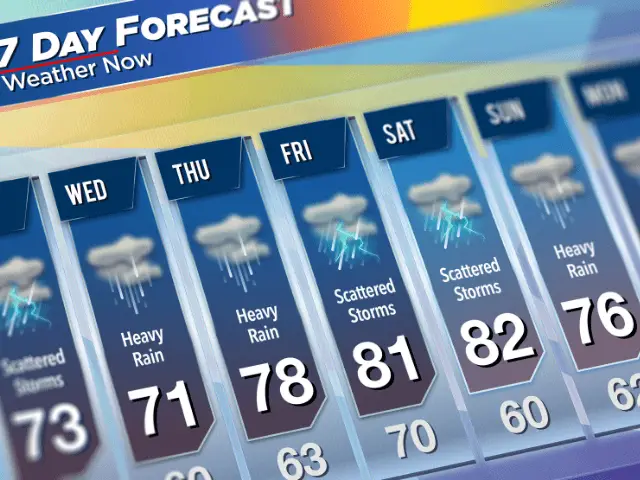If you’re used to driving normal-sized cars, you should know that driving moving trucks is just not the same. It’s a process that needs a lot more manpower than regular driving.
When driving a truck, you’ll need to drive slower than usual. You’ll also need to leave enough space between your truck and other cars.
There are a lot of factors to take into consideration if you’re going to drive a big truck through a mountain road. But with the right guidance, you’ll be able to be a master driving a moving truck through the mountains.
Here are some tips that will help you on your trip:
Table of Contents
Plan Your Gas Usage

Planning ahead is always a good idea. You don’t want to run out of gas while you drive through the mountains. You’ll need to check the mileage on the truck, then calculate how much gas you’ll need to reach your destination.
Once you do that, you’ll need to monitor your gas levels.
There are also so many ways to decrease your gas usage levels while you drive. Don’t speed up; drive slow and steady instead. The more you speed, the more gas you burn.
Stay away from rapid acceleration as well. This will empty your gas tank in no time.
Google Maps can be your best friend when it comes to planning gas stops. You should always know where your next gas stop is going to be so you never end up in the stressful situation of hoping for an exit to come up.
Finally, I personally don’t ever like to let my tank fall below a quarter of a tank when I’m driving the truck. You’re going to have to fill it up when you return it anyway, so why not keep it topped off?
Inspect Your Truck Before Starting Your Trip
A pre-trip truck inspection is highly recommended. This process is done so you can make sure that everything is working before you start driving.
It’s dangerous to drive without performing this inspection. Safety always comes first.
Here’s what you should check:
- Check your engine
- Check your brakes
- Check your fluid levels
- Look for any leaks
- Keep an eye out for damaged tires
- Make sure your clutch is working properly
- Check your shock absorbers, kingpins, lights, and gauges
- Make sure you have a fire extinguisher, safety triangles, and electric fuses
Don’t skip this step. It will be hard to fix any problems or to find a mechanic in the mountains. If you suspect that something is wrong, you need to take the truck to a shop and get the problem solved before you go on your trip.
Distribute Your Load Evenly

Loading your items in the back of your truck is an important step. This will help you handle and maneuver your truck as easily as possible.
Heavier items should always be placed next to the walls and closer to the cab. When you start stacking your items on top of each other, make sure to place the heavy items on the bottom.
You want your light items to be on top and towards the front of your truck. This method will also help you get the best use out of your truck’s storage space.
You’ll be able to drive through the mountains without worrying about your truck tipping over while you make a turn. Your truck will be much easier to control when the weight is distributed evenly.
Drive Slow and Steady
Trucks are much larger than normal cars. This means that they travel at a much slower speed on mountain roads. This is because of the heavy load they’re carrying, as well as their overall weight. You don’t need to rush during your trip. Just take your time.
Don’t forget to pay attention to other vehicles that are driving too fast. Let them pass, and just make sure you’re sticking to your safe speed.
Also, be sure to turn off your air conditioner or heater every so often so that your truck doesn’t overheat.
Pay Close Attention to Road Signs
This is probably the most important tip in this post!
The road signs on your mountain path will tell you exactly what you need to watch out for. Their main purpose is to keep you safe and help you get to your destination safely.
Here are some signs to keep an eye out for:
- Speed limits or maximum speeds for trucks
- Extreme curves
- Steep hills or slopes
- Slippery slopes
- Animal crossing
- Rest stops
- Warning signs
Never ignore those signs. Think of them as a much-needed companion guiding you through the road. They’ll help you regulate your speed and stay alert. They’ll also ease your driving.
Take Short Breaks
Go easy on yourself. When you start planning your trip, account for some short breaks.
For every 3 hours that you drive, take a 20-minute break. Don’t overwork yourself, and don’t drive more than 8 hours a day. Your body won’t be able to withstand it.
If you manage to give yourself driver fatigue, you won’t be able to focus on the road. This might put your life at risk.
You don’t want to get into any accidents just because you’re tired from driving. It’s better to take breaks so you can stay as alert as you can.
Check the Weather Forecast

There are so many weather-related factors that can cause you trouble while you drive through the mountains. Fog, snow, ice, rain, and wind are just some of them.
Of course, you know that hitting car brakes on a wet or slippery road is a big hassle, but hitting the brakes on your truck will be an even bigger hassle.
This is why it’s best to check the weather report at least a day ahead. It’s better to be prepared for whatever you’re going to face.
Wrapping Up
Driving a truck through the mountains is challenging, but it’s not impossible. It just needs a lot of preparation.
There are quite a few factors that you need to account for before driving a moving truck through the mountains, from gas usage and load distribution to the weather report.
Taking the above-listed preparations into consideration will ensure a smooth and safe truck ride through the mountains, so be sure not to skip any of them.
Additionally, if you suspect that anything is wrong with your truck, you must address the problem before going on the road. And don’t forget to take short breaks between driving sessions.
Have a safe trip in the mountains!


